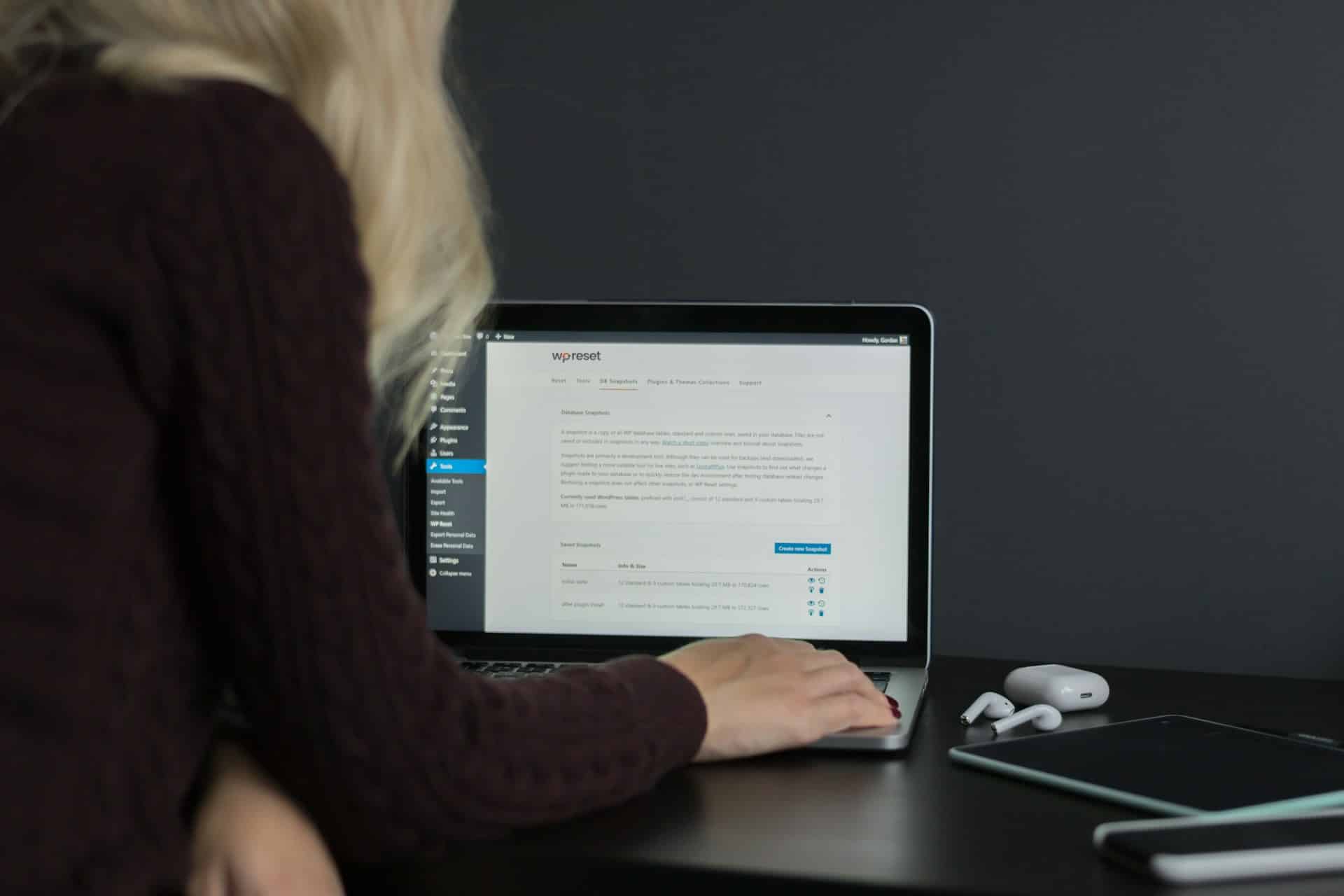If your website is built on WordPress, you are far from alone. As the world’s most popular content management system (CMS), WordPress powers over a third of all websites. However, its widespread usage also makes it a prime target for cyber threats and security breaches. As a website owner or administrator, ensuring your site’s security must be a top priority. By implementing robust security practices and keeping up-to-date with the latest trends and challenges in WordPress security, you are taking vital steps towards safeguarding your digital assets.
This guide will provide you with comprehensive information on the essential WordPress security practices you need to protect your site from potential cyber threats. Topics covered include strong authentication methods, user access management, selecting reputable themes and plugins, consistent site updates, and regular data backups. By adopting these security measures and staying vigilant to emerging threats, you can significantly reduce your site’s vulnerabilities and maintain a secure online presence.
Furthermore, partnering with professional WordPress maintenance services can provide you with expert guidance, support, and peace of mind that your site is well-protected against potential cyber attacks. By working closely with ThriveWP, you can harness their expertise in WordPress support and management services to safeguard your site from the ever-evolving cyber threats landscape.
Implement Strong Authentication Methods for Improved Account Security
Boosting the security of user accounts is a crucial aspect of safeguarding your WordPress site from potential cyber threats. Adopt valid authentication methods to ensure you have only authorised access.
- Use Strong Passwords: Encourage users to create complex, unique passwords that combine upper and lower case letters, numbers, and special characters. Implement password policies and tools to enforce these requirements.
- Enable Two-Factor Authentication (2FA): Make it a requirement for users to verify their identity by using a secondary authentication method. Numerous plugins, such as Wordfence or Google Authenticator, can facilitate 2FA on your WordPress site.
- Limit Login Attempts: Prevent brute force attacks by limiting the number of failed login attempts before temporarily locking out the user. Consider utilising plugins like Login LockDown or WP Limit Login Attempts to enable this feature.
Manage User Access and Permissions for a Secure WordPress Environment
Controlling user access and permissions is vital for maintaining a secure WordPress site, as it prevents unauthorised users from compromising sensitive data and site functionality.
- Assign Appropriate User Roles: Carefully assign user roles based on an individual’s responsibilities and tasks. WordPress offers built-in roles such as Administrator, Editor, Author, Contributor, and Subscriber, each with varying levels of access and capabilities.
- Exercise the Principle of Least Privilege: Grant users the minimum access and permissions required to perform their tasks, and review and update these permissions as job roles evolve or users leave the organisation.
- Monitor User Activity: Keep a watchful eye on user activities across your WordPress site and regularly review user logs to detect suspicious behaviour or potential security threats. Plugins like WP Security Audit Log or Activity Log can streamline this process.
Choose Reputable Themes and Plugins to Mitigate Security Risks
Selecting trustworthy themes and plugins is essential for ensuring that your WordPress site remains secure and less vulnerable to security vulnerabilities.
- Use Reliable Sources: Download themes and plugins only from trusted sources, such as the official WordPress.org repository, or from reputable developers and marketplaces.
- Check Compatibility and Updates: Before installing a new theme or plugin, ensure that it is compatible with your existing site and has been updated recently. Regular updates indicate a developer’s commitment to fixing security vulnerabilities and improving their product.
- Review Ratings and User Feedback: Examine user ratings and reviews to gauge the quality, reliability, and security of a theme or plugin. Be cautious when opting for products with low ratings or limited feedback.
Regular Site Updates and Backups: Maintain a Secure and Recoverable WordPress Site
Performing regular site updates and maintaining routine backups are crucial for efficiently addressing security vulnerabilities and ensuring swift recovery in case of data loss or breaches.
- Update WordPress Core, Themes, and Plugins: Regularly review and apply updates to your site’s core, as well as installed themes and plugins, to address potential security vulnerabilities and benefit from latest improvements.
- Establish a Backup Routine: Create and maintain a regular backup schedule to ensure that your site’s data is stored securely, allowing for swift recovery in case of a security breach or data loss. Backup solutions like UpdraftPlus, BlogVault, or VaultPress can automate this process.
- Validate and Test Your Backups: Regularly test your backups to ensure their integrity, and verify that data can be restored reliably in case of an emergency.
Conclusion
Ensuring the security of your WordPress site is a continuous process that involves implementing robust access controls, selecting reputable themes and plugins, adopting strong authentication methods, and keeping your site up-to-date and well-maintained. By adopting these essential security practices, you can more effectively protect your site from cyber threats and gain the trust of your users.
If you’re looking to maintain a secure and reliable online presence, partnering with a professional WordPress maintenance service is essential. At ThriveWP, we specialize in WordPress security management and offer a range of services to help you safeguard your site against potential cyber threats. With our expertise and commitment to ongoing protection, you can have confidence in the security and reliability of your WordPress site. Contact us today to learn more about our WordPress maintenance services and start maintaining a secure digital environment for your business.






